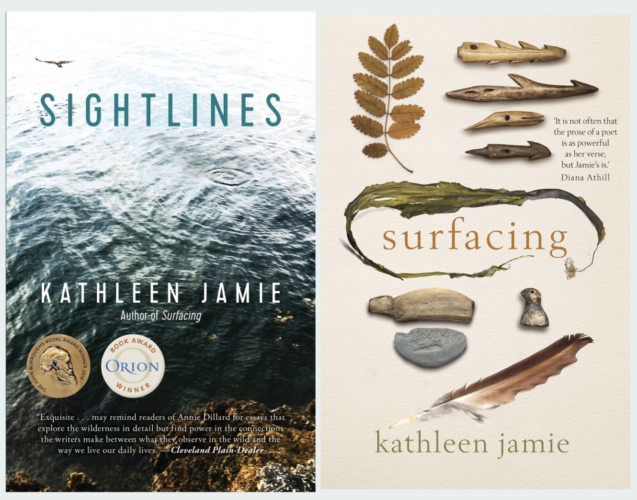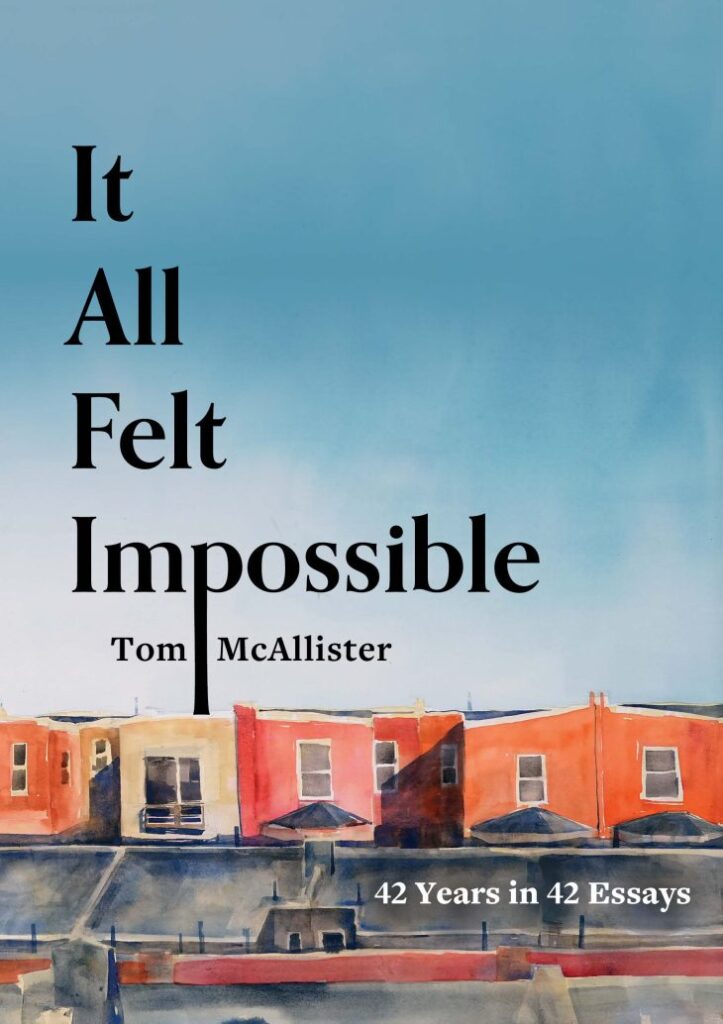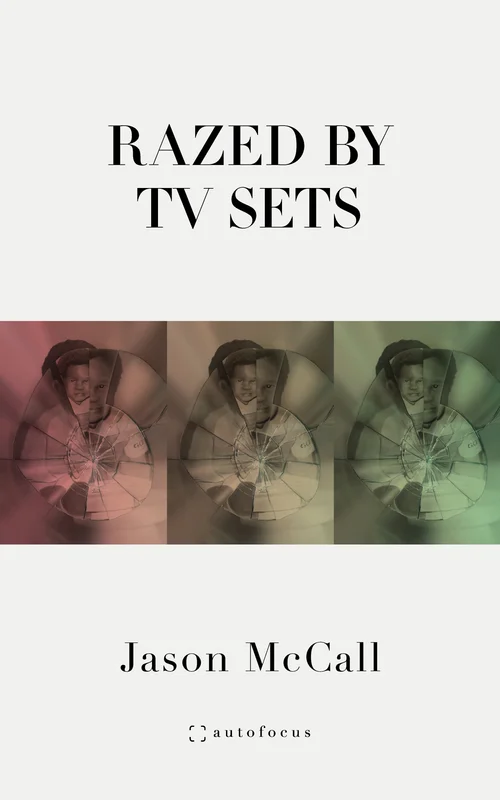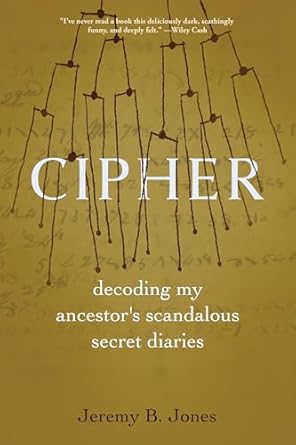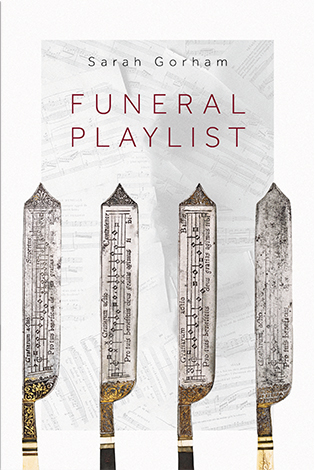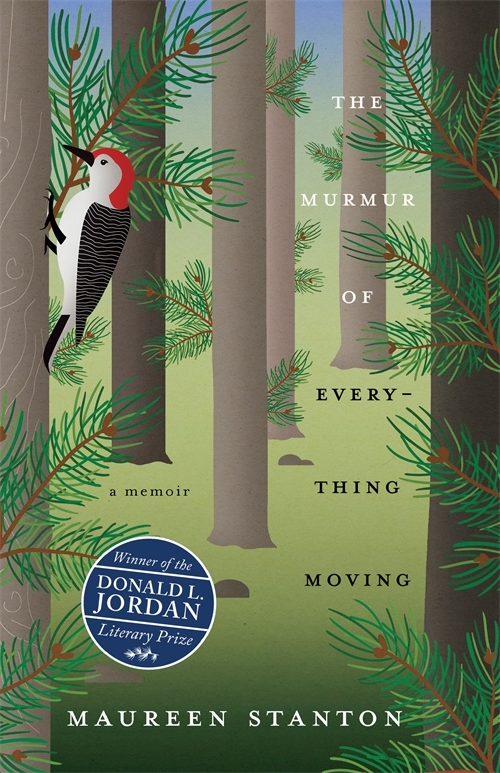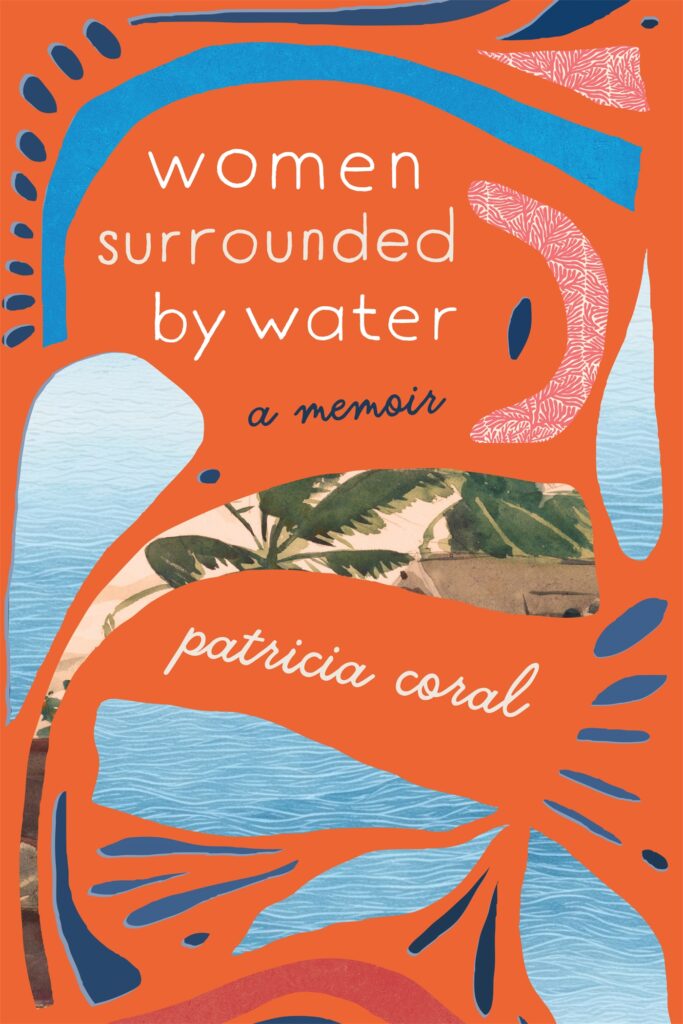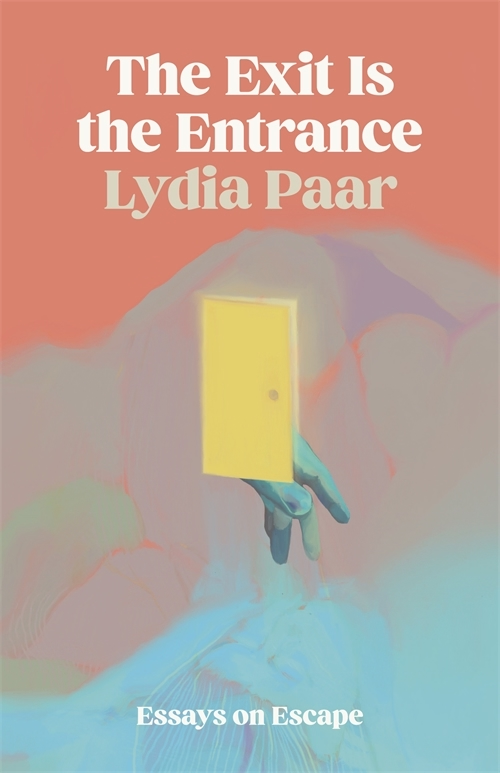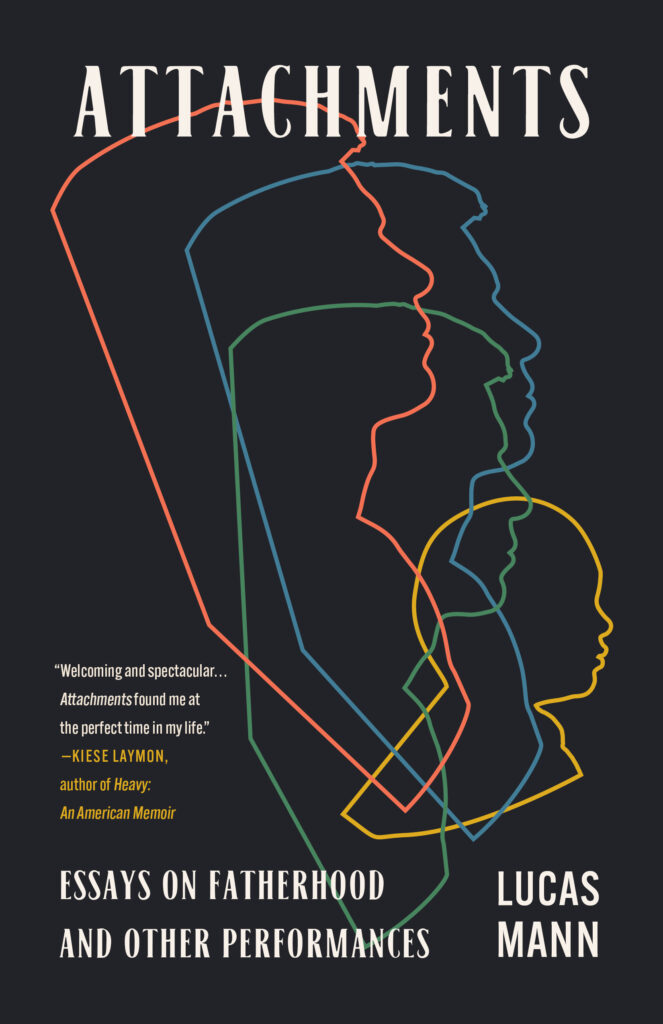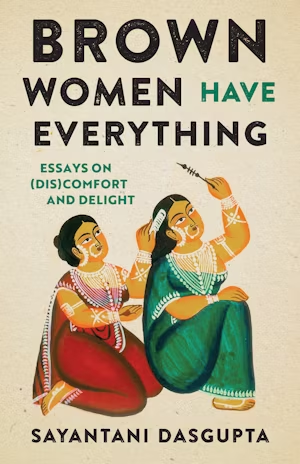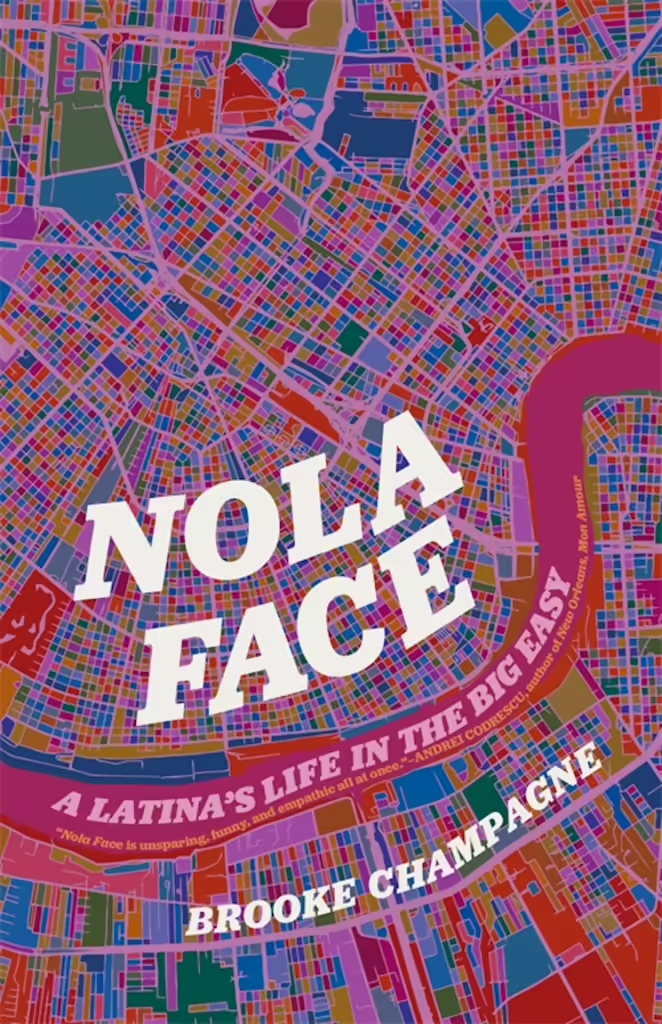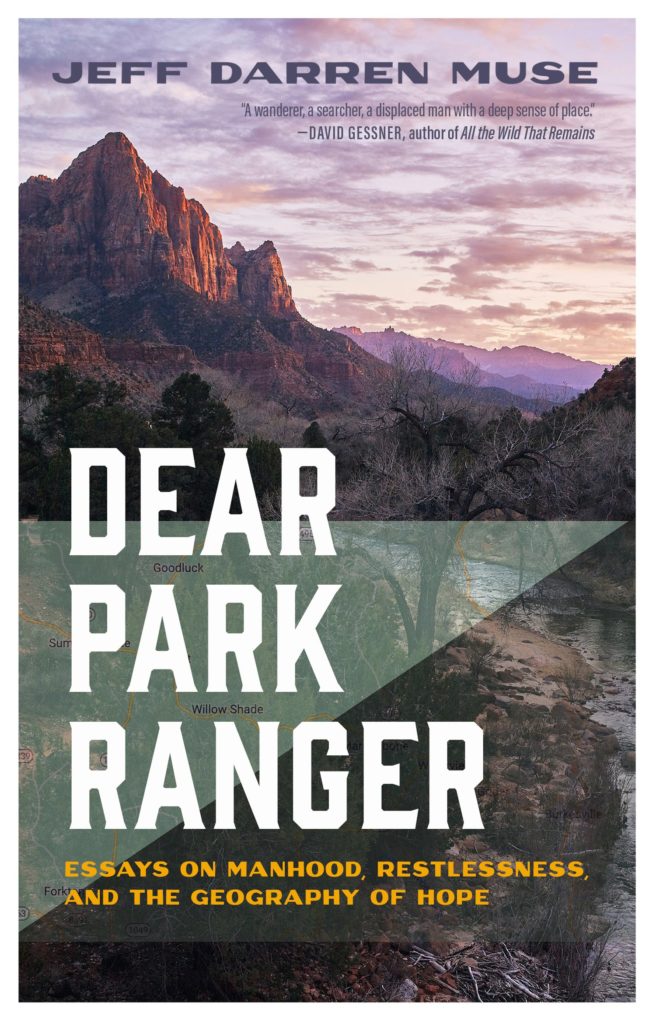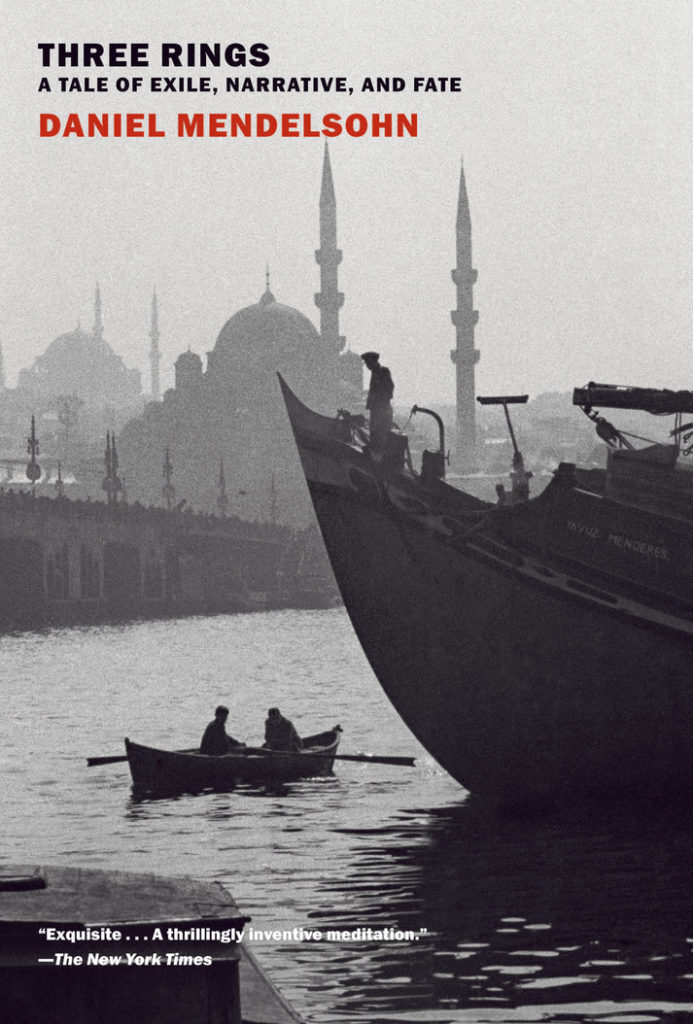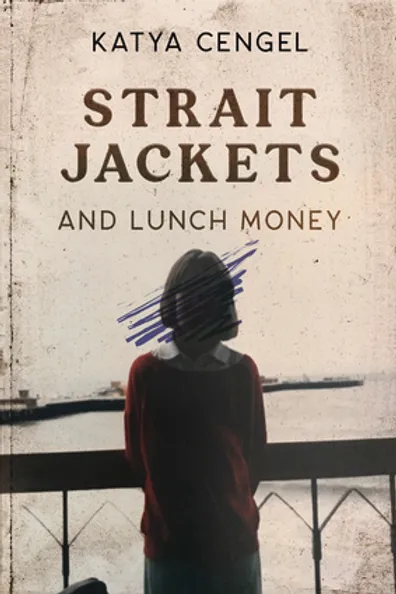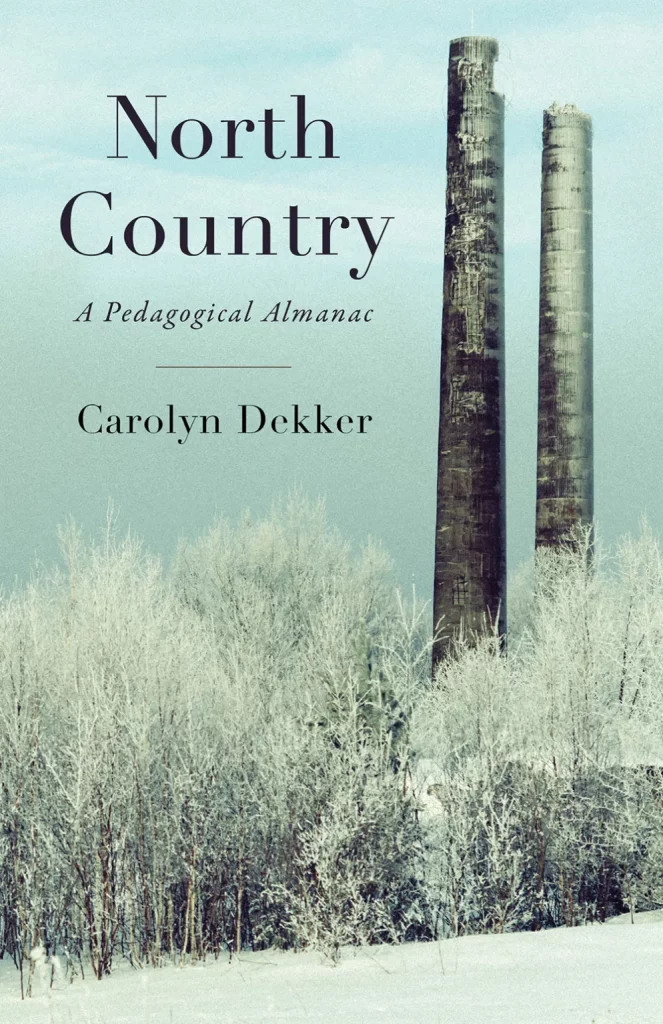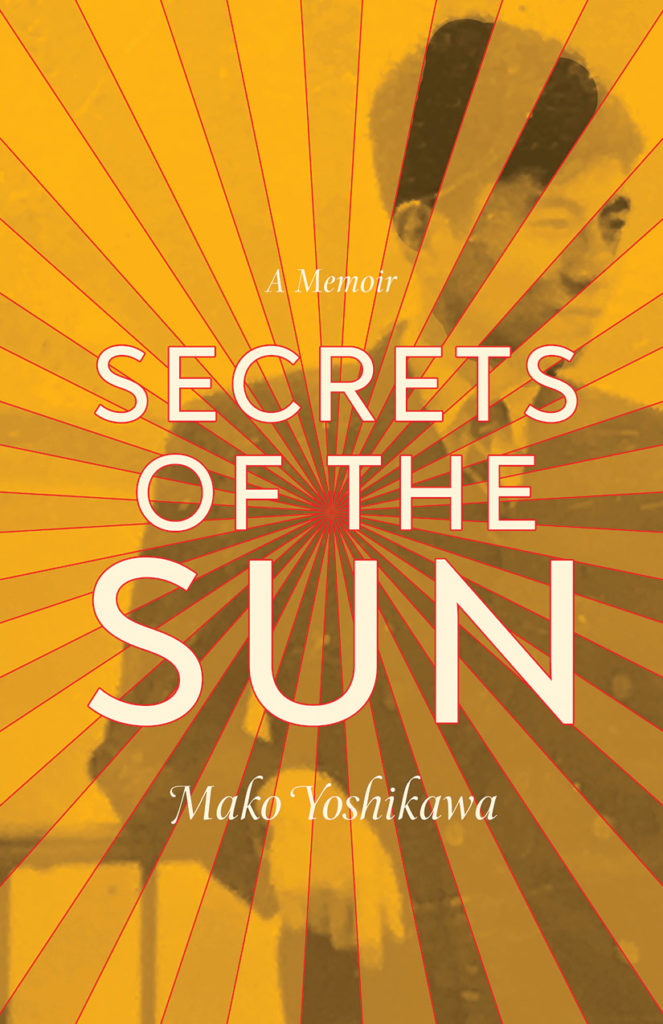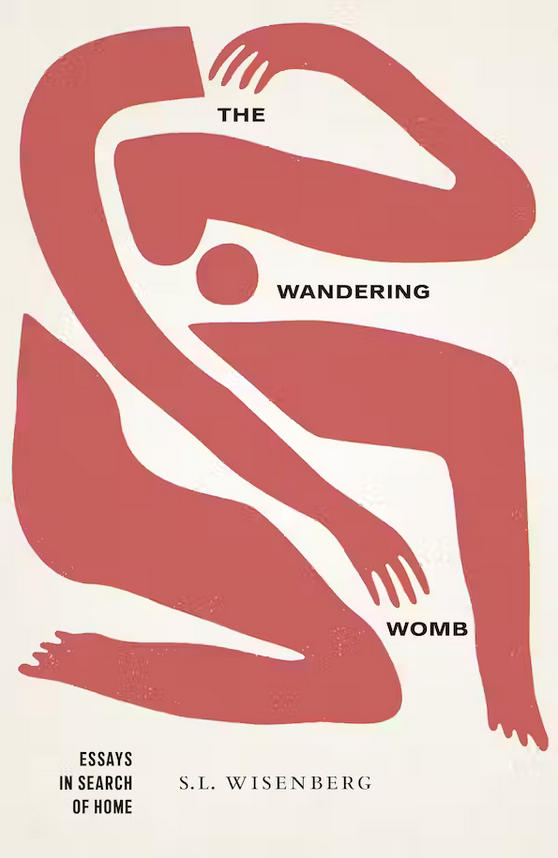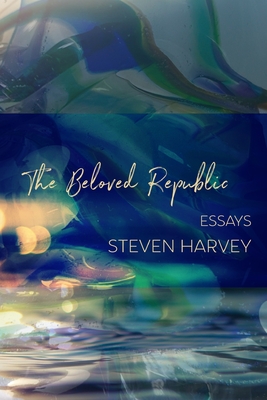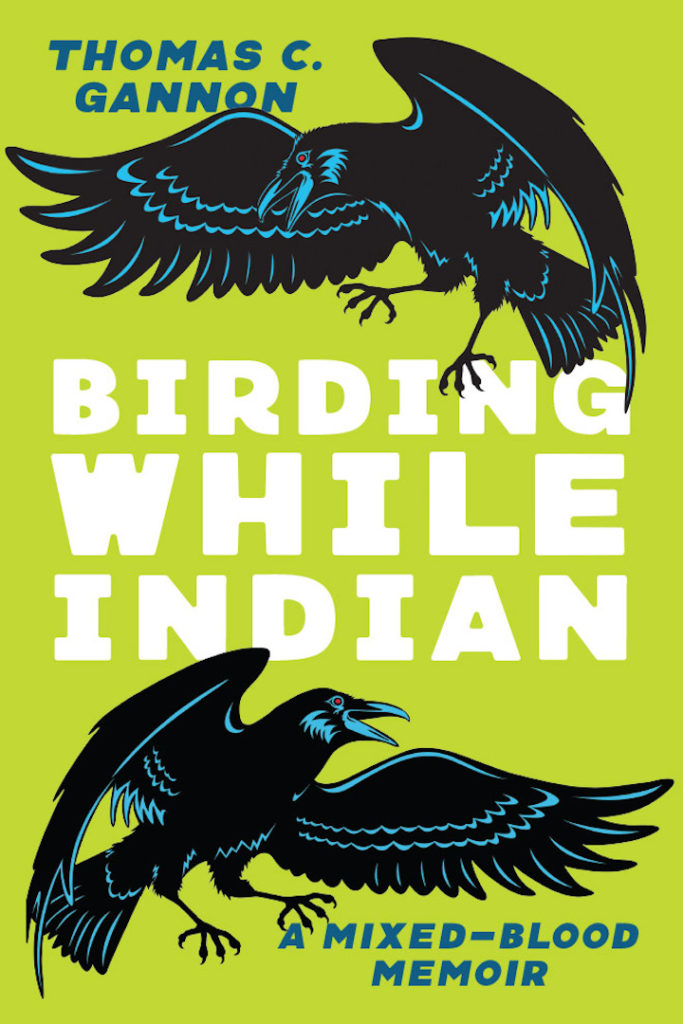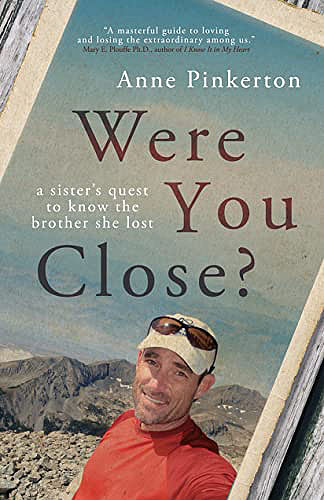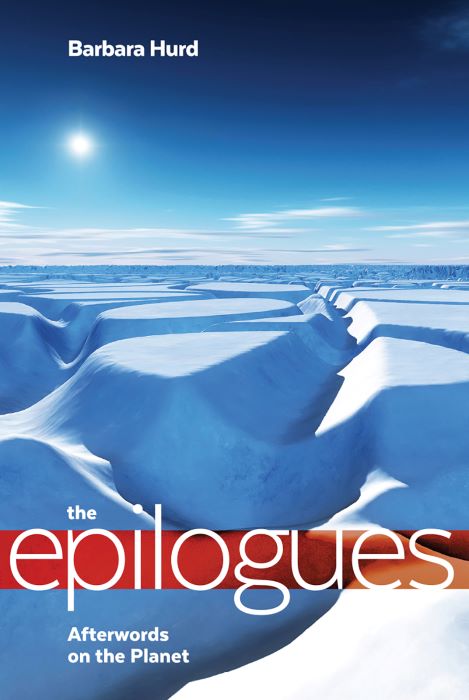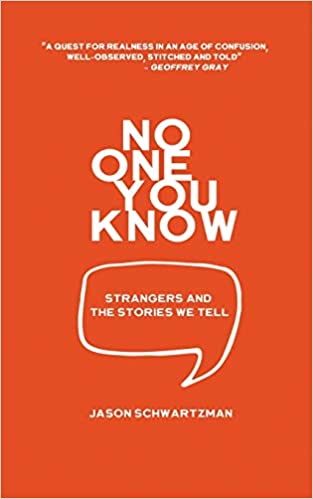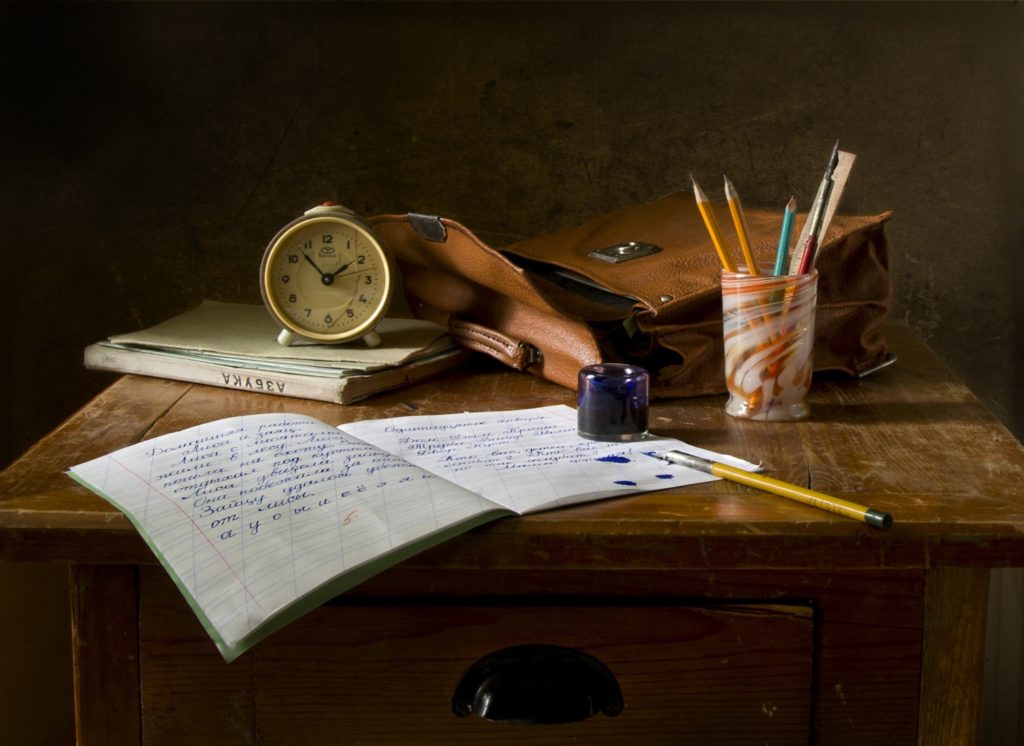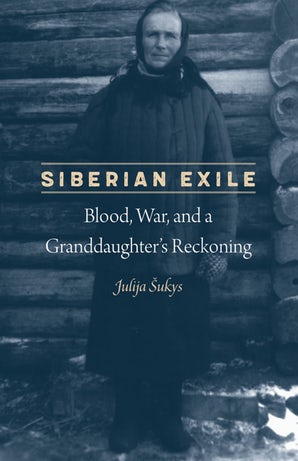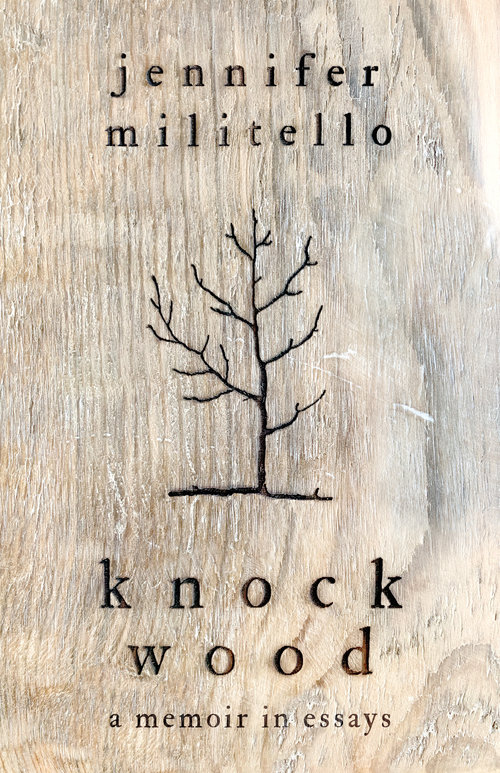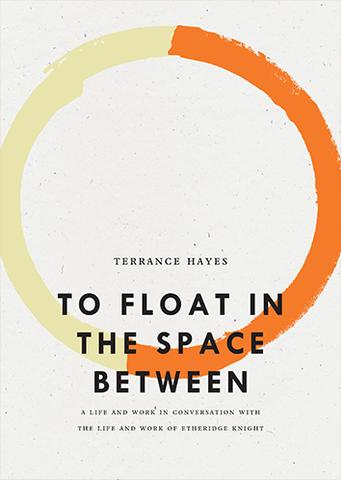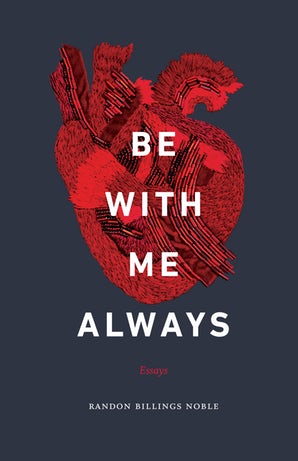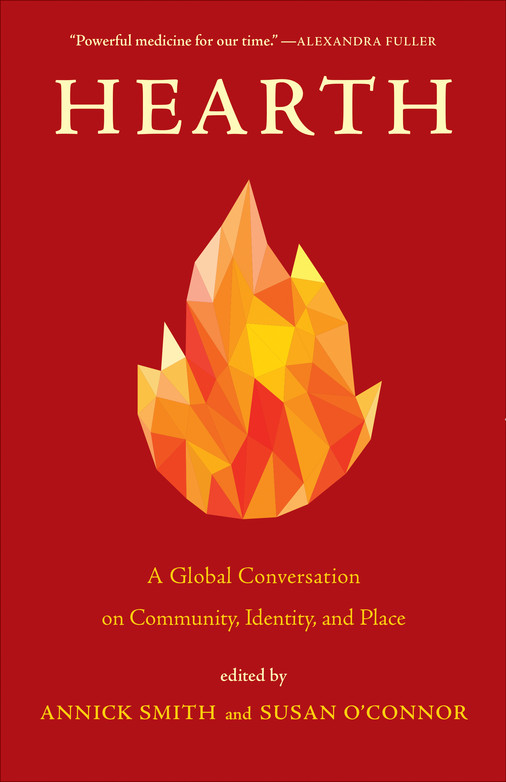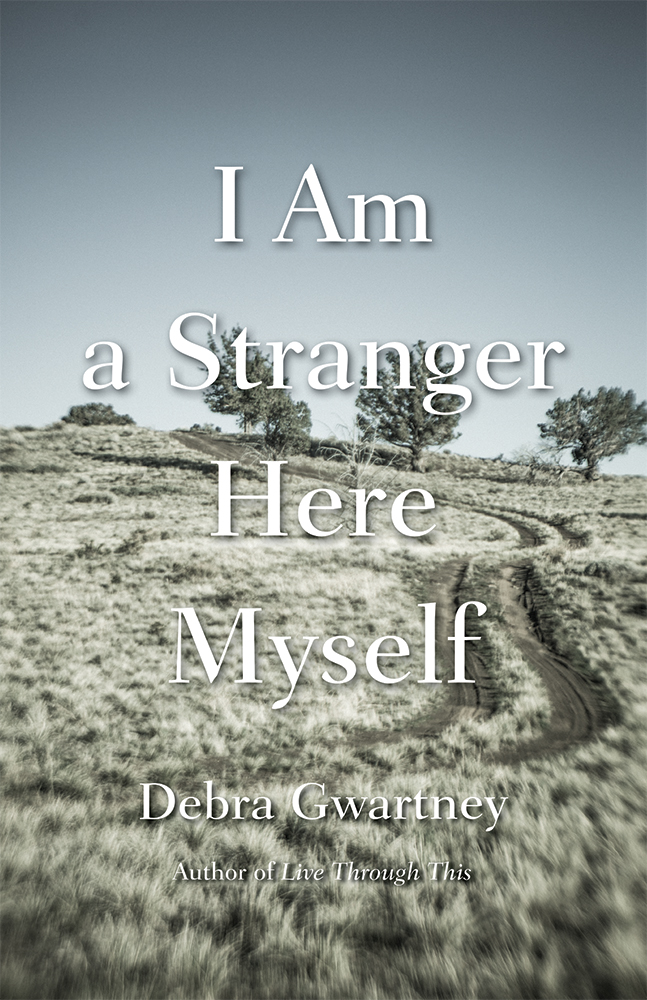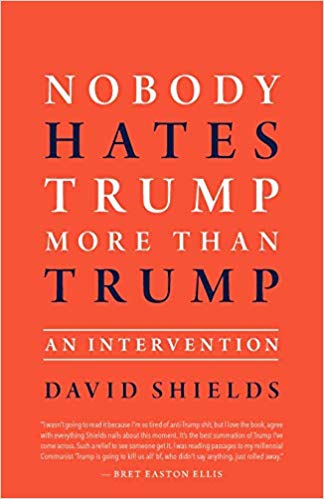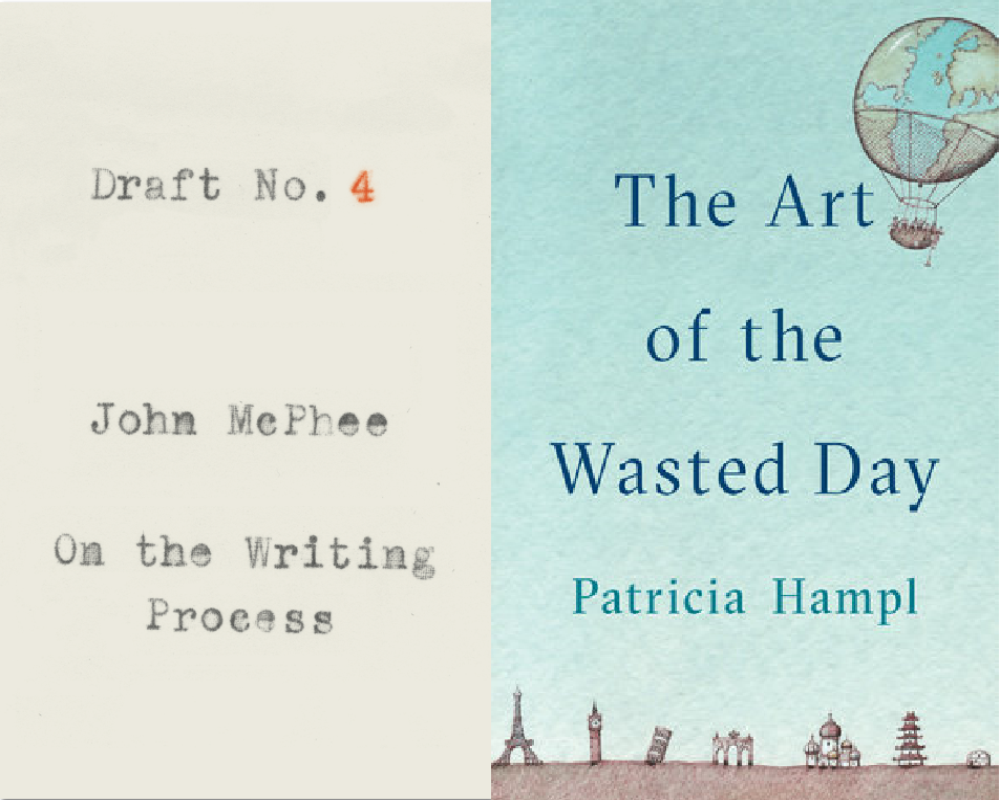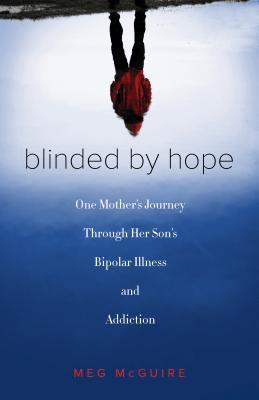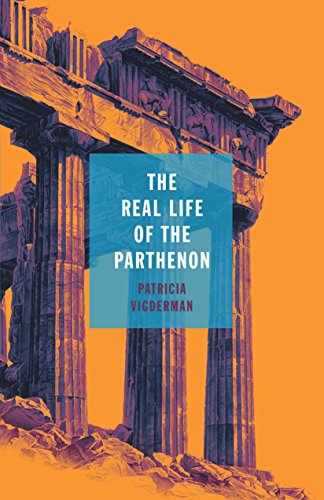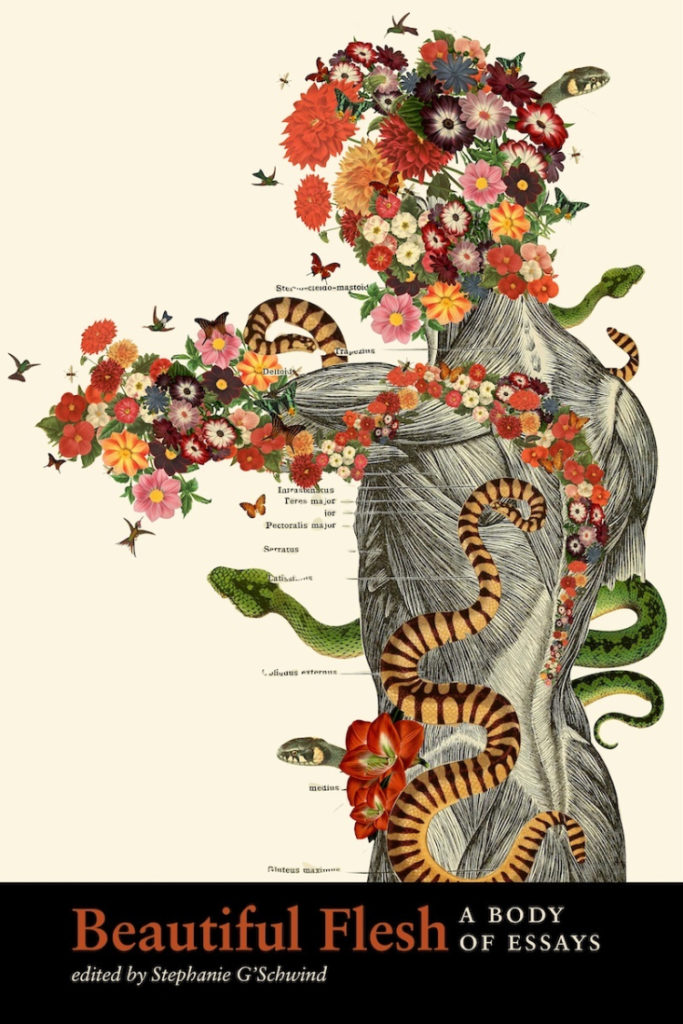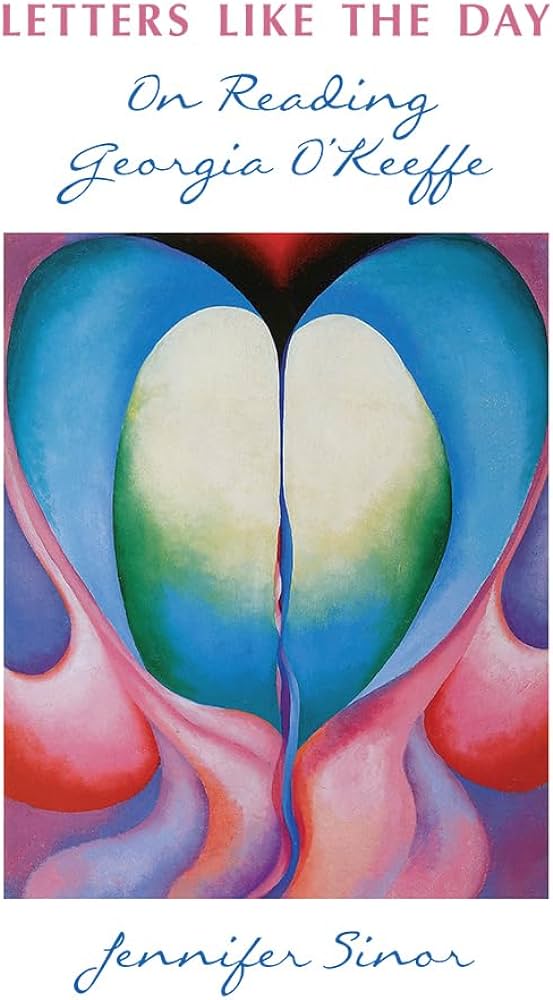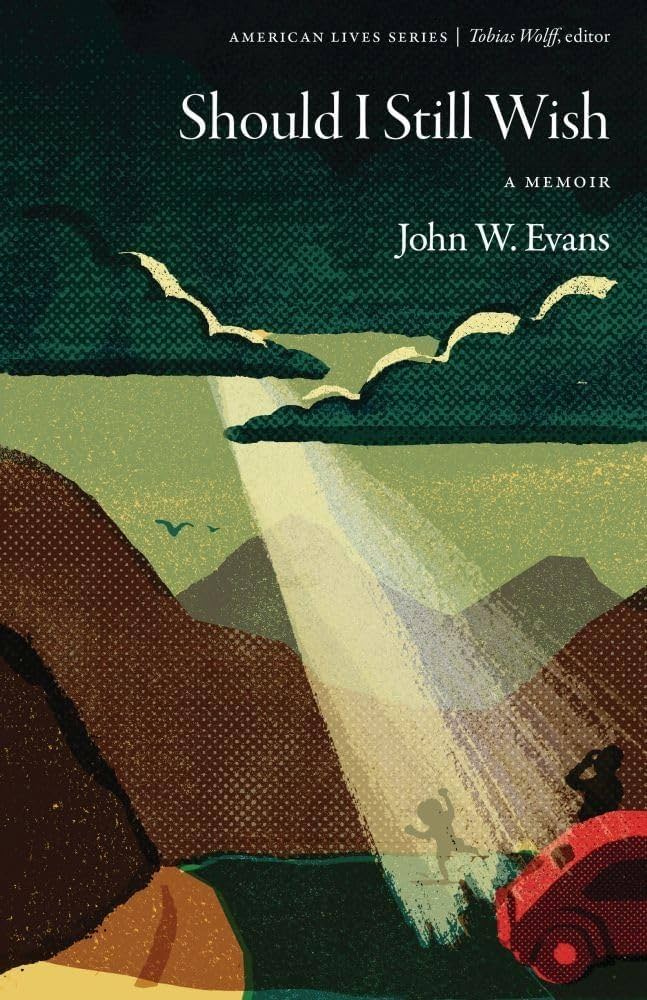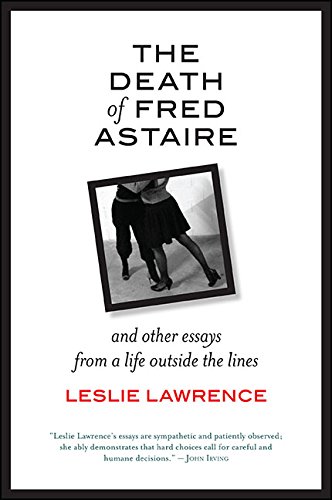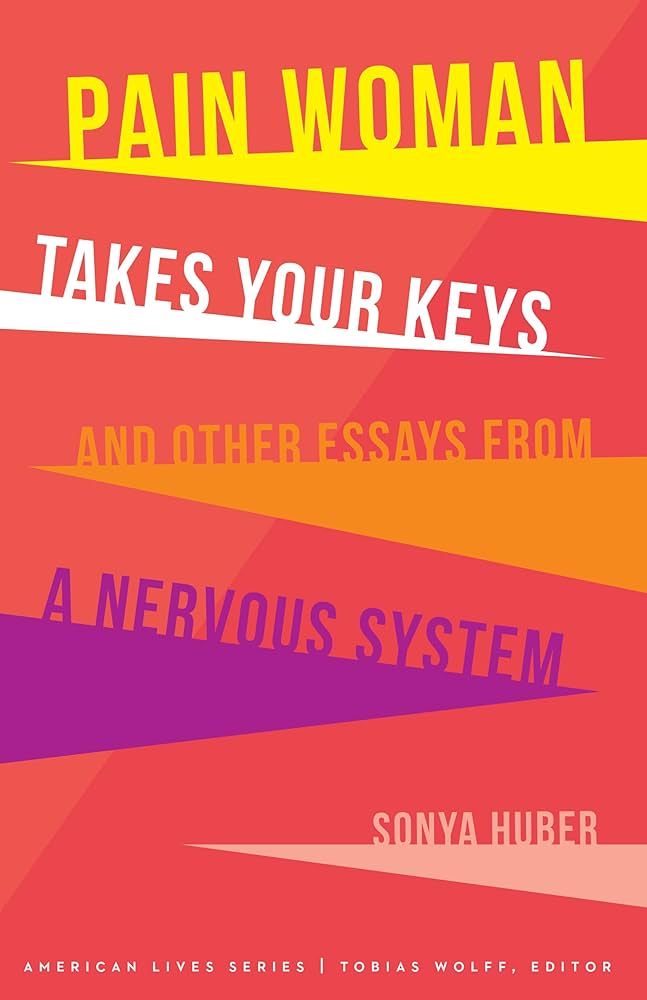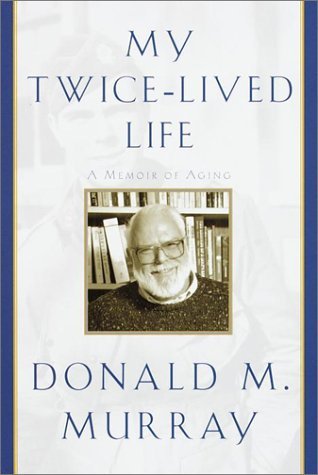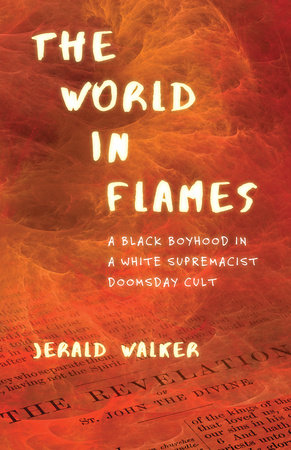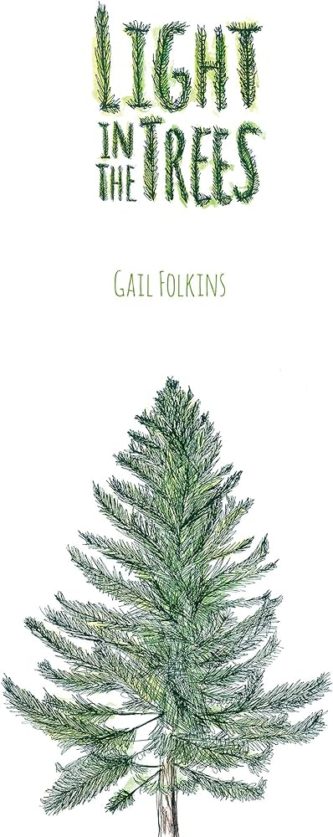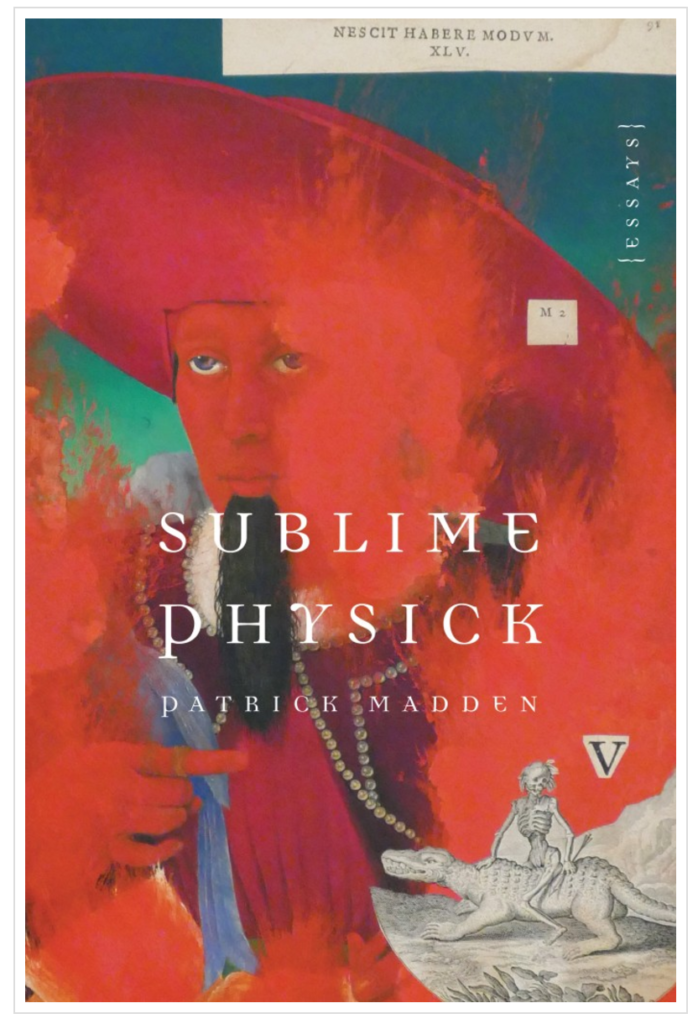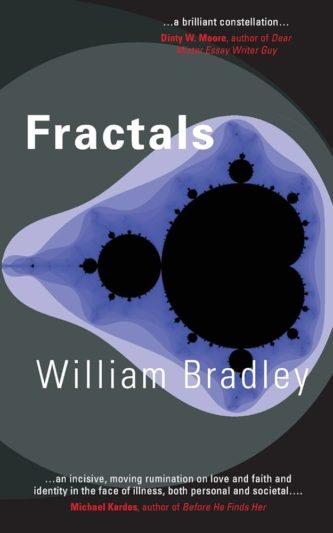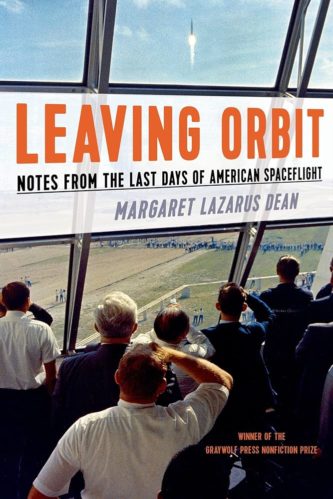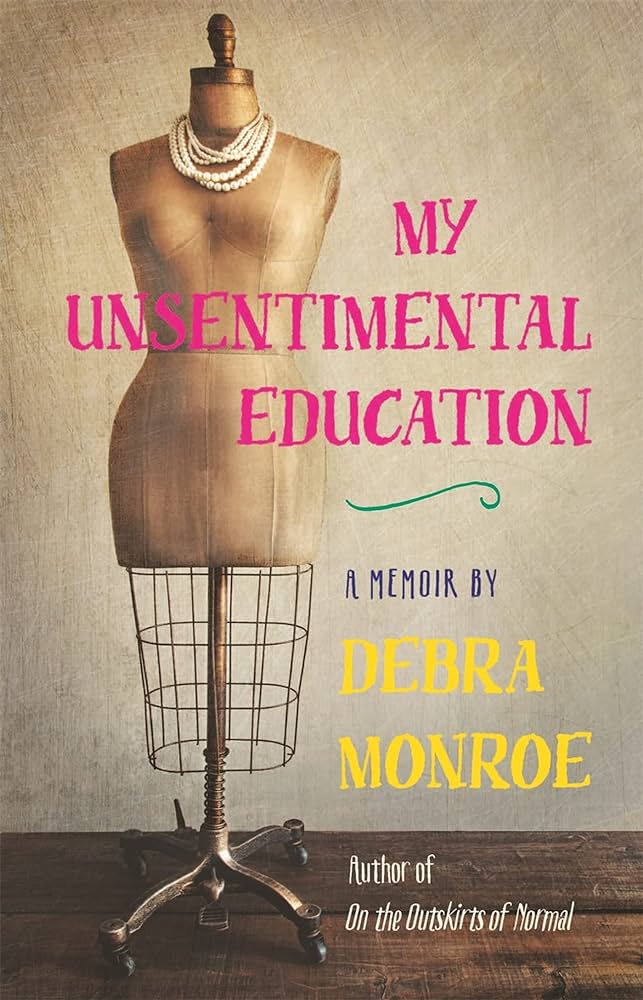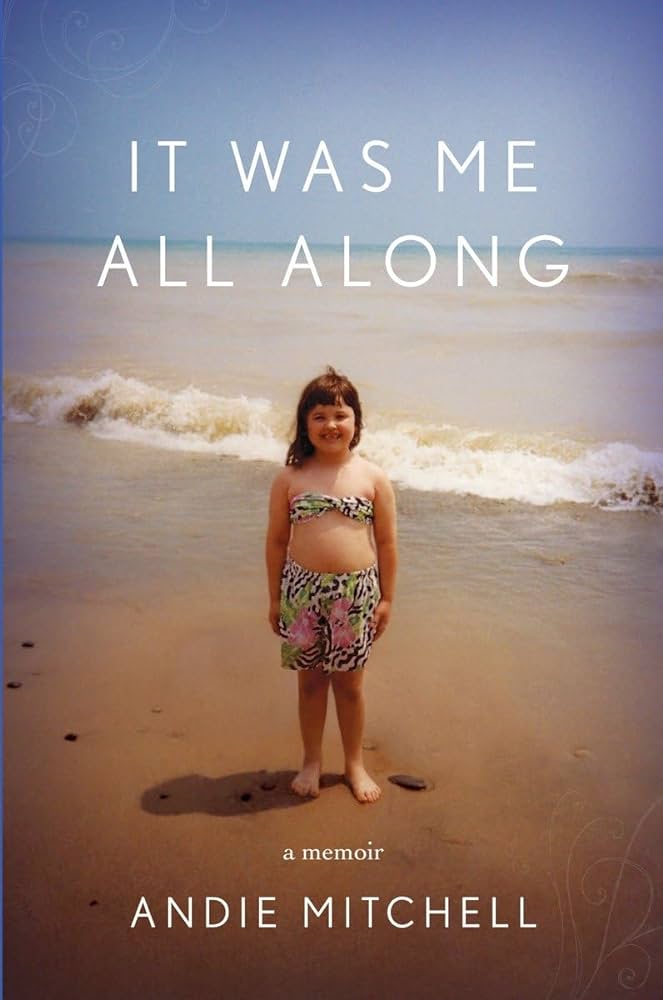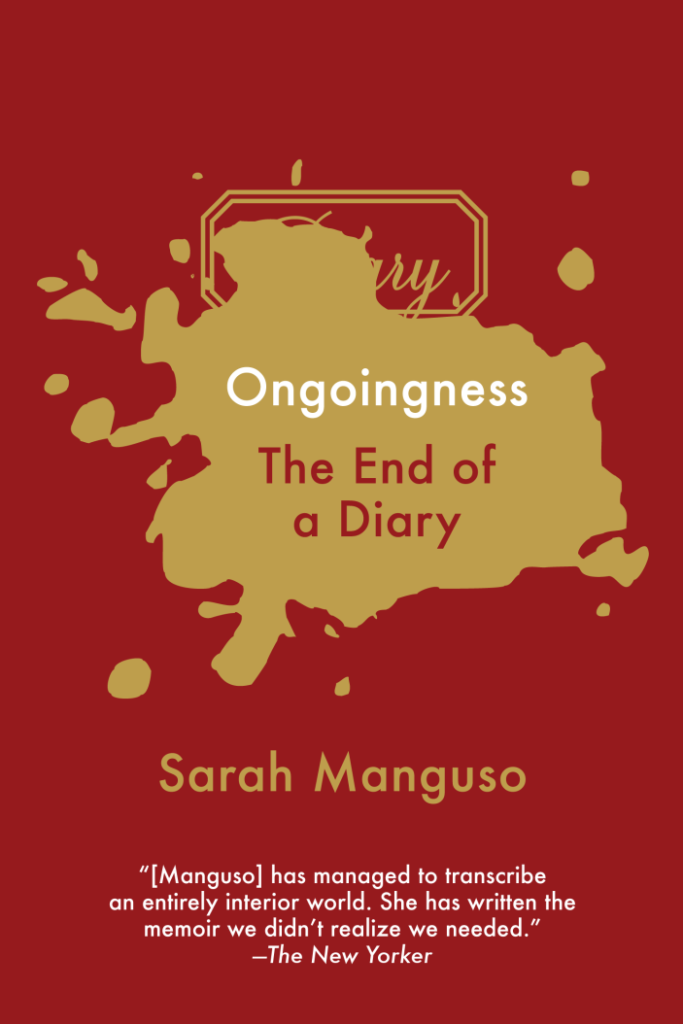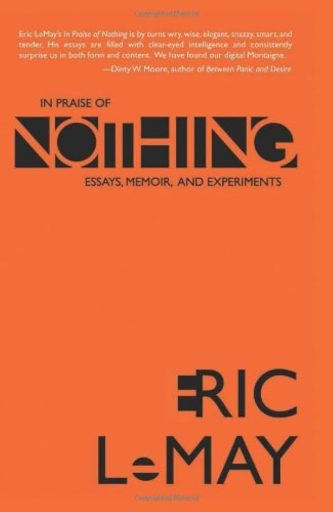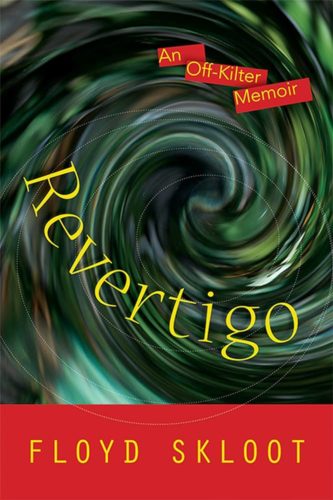By Robert Root
on Sightlines and Surfacing by Kathleen Jamie
Kathleen Jamie’s second book of essays, Sightlines, is the one that earned her the Orion Book Award for Nonfiction in 2014 and the John Burroughs Medal in the same year. Orion’s editors felt its essays “not only inspire us to look more closely, but also have the power to open us up to a new kind of emotional experience of the planet.” Since 1926 the John Burroughs Association has awarded its medal to nature writers, many of whom I’ve heard of (Carson, Eiseley, Zwinger, Leopold, Lopez, and McPhee for starters) and many others I haven’t but might want to look up. Having read both Sightlines and Surfacing, her 2019 collection of essays, I readily include Jamie among those we most need to be reading.
What stands out in Sightlines is the degree to which her essays are simultaneously reliably observant and richly lyrical, an ideal blend of genres that never scants either of them. I recall friends long ago wanting to counter Annie Dillard’s lyrical flights of fancy in Pilgrim at Tinker Creek with explicit scientific research while other friends complained academic writers were not responding to the natural world imaginatively enough. Between these poles, Jamie has her impulses perfectly in balance.
The essays in Sightlines keep Jamie, an award-winning poet and professor of poetry at the University of Stirling, within her Scottish homeland and its surrounding islands, though she also visits the Hvalsalen (whale hall) of the Bergen Natural History Museumin Norway and clambers through a cave in Spain. Longer essays recount excursions to sites on Rona Island or barely accessible St. Kilda, while much shorter ones, two, four, or six pages long, focus closely on a natural element like the Aurora, witnessed out at sea, or the Wind or a Storm Petrel or a Magpie Moth.
“Light,” a page and a half long, is virtually a prose poem, evoking sunshine on a February day and momentary awareness of unseen children at play nearby: “The wind lifts the grasses and moves the thin branches of the leafless trees and the sun shines on them, in one movement, so light and air are as one, two aspects of the same entity.” The moment is a closely observed brief patch of time; overhearing her daughter with her friends, however, makes her aware of time’s fleetingness: “The year has turned. Filaments and metallic ribbons of wind-blown light, just for an hour, but enough.”
I happened to read (and dogear) her essay “Moon” not long before I saw the brilliant April 2020 “supermoon” in a clear sky beyond our window blinds. Jamie provides a careful and exactingly observed account of watching a lunar eclipse from her home.
The moon does us great service, metaphorically and literally, and this is part of it—occasionally she allows us to appreciate the shadow cast by our own planet. She shows us that the earth, for all the cacophony of life on its surface, is firstly an object, bigger than we are, magisterial enough to cast a shadow thousands and thousands of miles into space.
The detail of the eclipse is precise and vivid and her reaction to it deep and wise. I stayed looking at the uneclipsed moon for a long while, hoping to connect to what I was seeing as keenly as she had.
Jamie brings a scholar’s sensibility to the same landscapes where she brings a poet’s eye. In addition, she’s well read, varies her research sources, gets the facts right, and understands her own motivations.
In “The Storm Petrel,” tracking down a metal ring found on a dead petrel’s leg, she consults not only her copy of the five-volume Handbook to British Birds and both the British Museum and the British Trust for Ornithology, but also the eighteenth-century ornithologist Gilbert White and the twenty-first century poet Richard Murphy. She keeps the bird with its identifying “silvery ring,” she says, “for the intimacy, and for the petrel smell: fusty, musky, suggestive of a distant island [Rona] in summer. And I keep it out of sheer respect because, in life, this ounce of a bird had made twenty-four return trips the length of the Atlantic. Twenty-four at least—which is not bad, at all, for a waif, wambling.”
With Surfacing, she ventures further afield. Among the dozen essays are some very long ones set in more distant places—Quinhagak on the coastline of the Bering Sea in Alaska, where she lives among the native Yup’ik; Xiahe on the border of Tibet when she was much younger; at the Links of Noltland, on the Orkney Archipelago of Scotland, near the latitude of both Norway and Iceland. At the Links of Noltland she joins in an archeological dig revealing the evidence of 5,000 years of Neolithic, Bronze Age, and Iron Age occupation. She asks: “Do we want to know where we’re coming from as we cruise into the future? What we were, or might be again? How we ‘engaged,’ if that’s the word, how we configured our relationship with the rest of the natural world, with the planet.”
Several of the shorter essays are told in the second person, snatches of personal memoir. In “From the Window,” she provides a close viewing of the scene before her:
You’re watching the grasses move, and the way the telephone cables serving the flats radiate from a common pole, planted out there in the back green, and how the wires divide the air into segments. You’re watching the chimney darken and that cool sky as it intensifies in the last light, a cold glow. Just looking out the window.
She wonders, “That near white sky. Hadn’t you seen the same shine and tone earlier in the day?” She recognizes the light and color from a pendant her college-bound daughter was wearing, “a young woman as she walked away up the street into her own life.” At home alone, after putting her daughter’s things away, “you spend a long moment looking out the window as the light changes, thinking: okay, then, what now?” Here, as throughout her essays, Jamie brings the reader intimately into the moment with her and then lets us recognize a moment of revelation within her.
What I most admire about Kathleen Jamie’s writing is the way she moves between sound stretches of first-person nonfiction narrative of place and intensely lyrical flash-like essays of observation and personal discovery without altering her authorial persona. We know what she sees, what she feels, what she comprehends, what she discovers; we come away from the reading with a fuller, richer sense of who she is and what she gains from being in the world; and we value being in her company.
Sightlines by Kathleen Jamie
The Experiment
$14.95 Paperback | Buy Now
Surfacing by Kathleen Jamie
Penguin
$17.00 Paperback | Buy Now
Robert Root’s books on creative nonfiction include the anthology The Fourth Genre: Contemporary Writers of/on Creative Nonfiction, co-edited with Michael Steinberg; the craft text The Nonfictionist’s Guide: On Reading and Writing Creative Nonfiction; the craft anthology Landscapes with Figures: The Nonfiction of Place; and the craft study E. B. White: The Emergence of an Essayist. A past artist in residence at three national parks, he is co-editor with Jill Burkland of The Island Within Us: Isle Royale Artists-in-Residence 1991-1998. He is the author of the travel narratives Recovering Ruth: A Biographer’s Tale, Following Isabella: Travels in Colorado Then and Now, and Walking Home Ground: In the Footsteps of Muir, Leopold, and Derleth, the essay collections Limited Sight Distance: Essays for Airwaves and Postscripts: Retrospections on Time and Place, and the memoirs Happenstance and Lineage. He lives in Wisconsin. His website is www.rootwriting.com.

